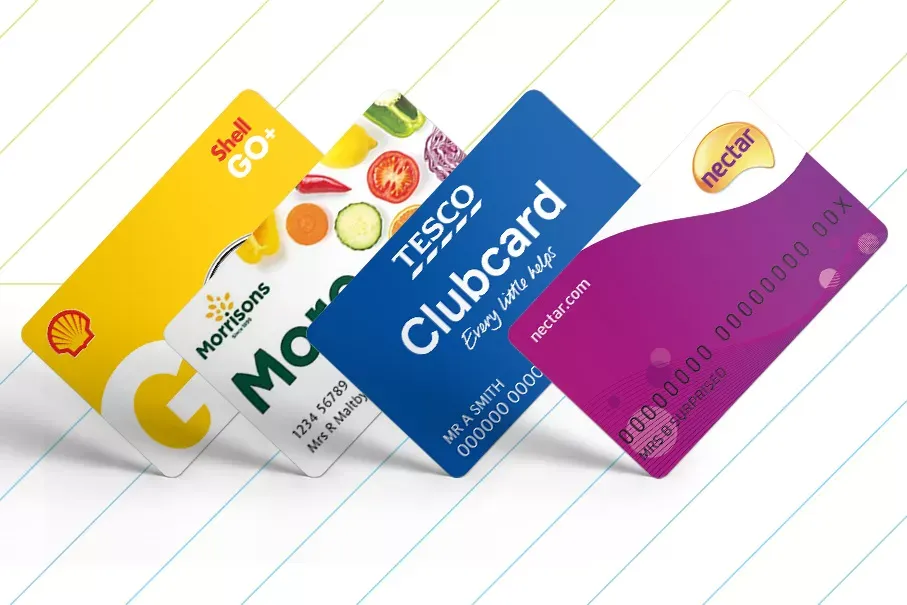20/11/2014
Winter’s on the way: and unlike domestic drivers, who can choose not to use their vehicles when the snow and ice start causing havoc on the roads, your fleet has to keep going whatever the weather. Drive down maintenance costs, keep your fleet safe and stay on the roads by following our guide to winter driving safety.
Check your tread
The UK legal minimum tread is 1.6mm, but the recommended depth for winter use is 3mm. As your tyre tread wears, stopping distance and handling are adversely affected. The Telegraph newspaper (testing an assertion made by the British Tyre Manufacturer’s Association) found that vehicles whose tyres are at the legal minimum need at least 40ft extra stopping distance. Regular tyre checks through the winter will increase your chances of spotting quick-wearing tread, and keep your fleet safer.
Check your pressure
It’s vital that you check your tyre pressure regularly throughout the winter months - whether you change to winter tyres or not. And don’t be fooled by the popular wisdom that lower tyre pressure can increase grip when snow and ice are about. According to the AA, altering your tyre pressure from the manufacturer’s recommendation has no positive effect on grip, and can make fleet vehicles unpredictable and hard to handle. Maintaining the recommended pressure keeps your drivers safe, and lessens the likelihood of accidents.
Change to winter tyres
Winter tyres are not a legal requirement in the UK, but switching over can make sense. Winter tyres have a wider and deeper tread through the middle of the tyre profile. The extra depth pulls in snow, which sticks to the snow on the road for a safer ride. They’re also made of a different rubber compound, which remains flexible at very low temperatures. You can identify a winter tyre by one of two symbols stamped on the sidewall - either a snowflake, or a mountain topped with snow.
Replace all tyres at the same time
While it is tempting to replace only those tyres whose tread is approaching the lower safe limit for winter driving, it makes better sense to fit four new tyres to your fleet vehicles. Ice, snow and increased road moisture, coupled with significantly decreased surface temperature, are the other factors that impact winter braking distances (see tyre pressure, above). By making sure every tyre is performing at the same level, you maximise driver safety.
Your other options
If you don’t want to use winter tyres you can look at all season tyres, chains and snow socks. All season tyres are fitted year round, and carry the mountain-top or snowflake sign. Some show a sun as well, to denote every season, or have the letters MS (Mud/Snow) stamped on them. Snow chains are designed to add grip to standard tyres, but can change the width of the wheel and are difficult to fit in bad weather.
Socks are a good compromise: easy to fit and store, and they mean you can maintain standard tyres all year round.


